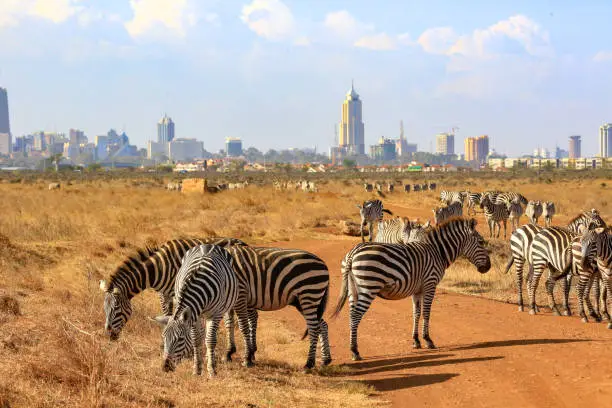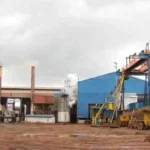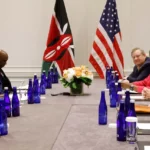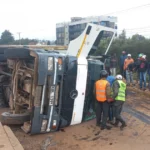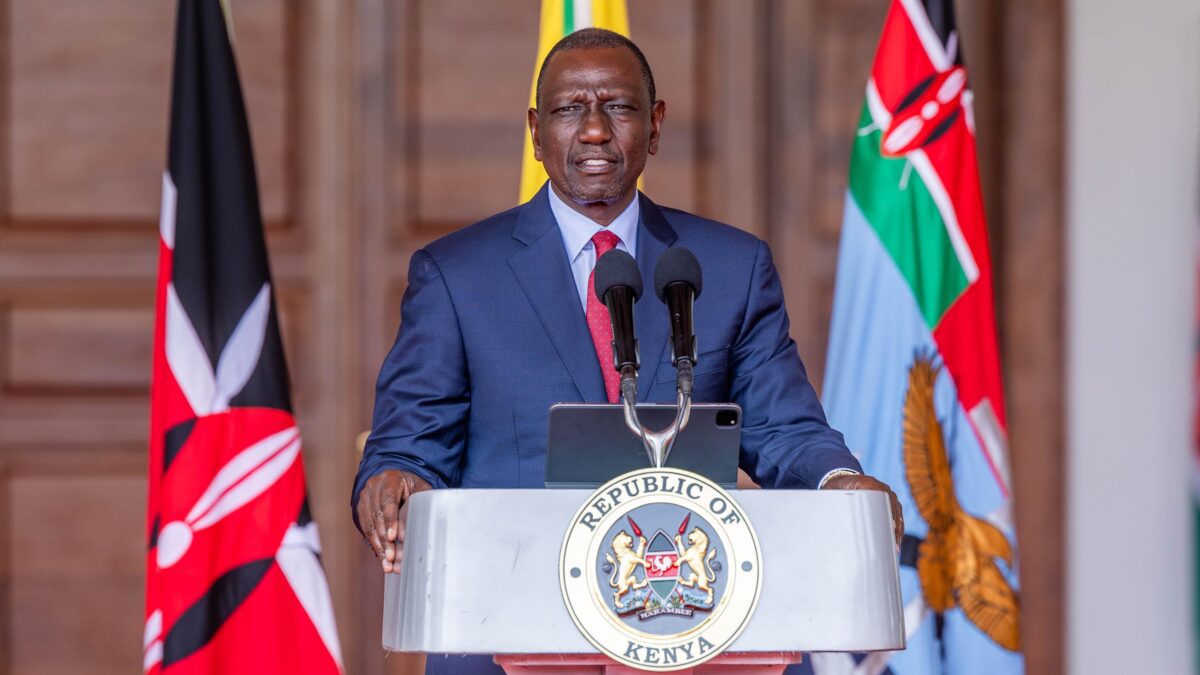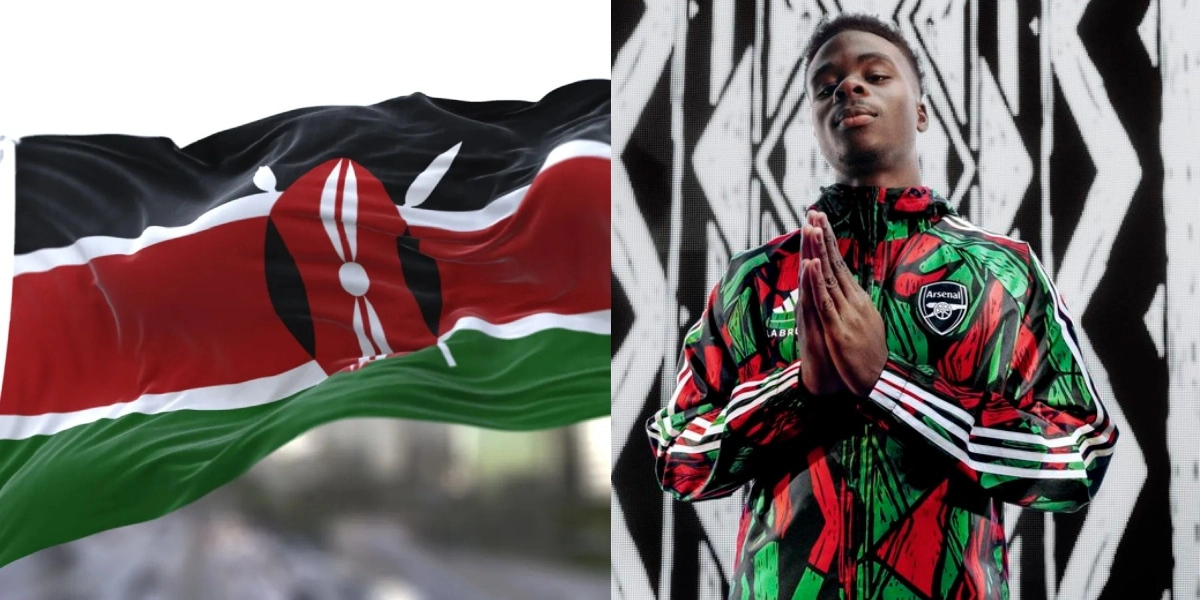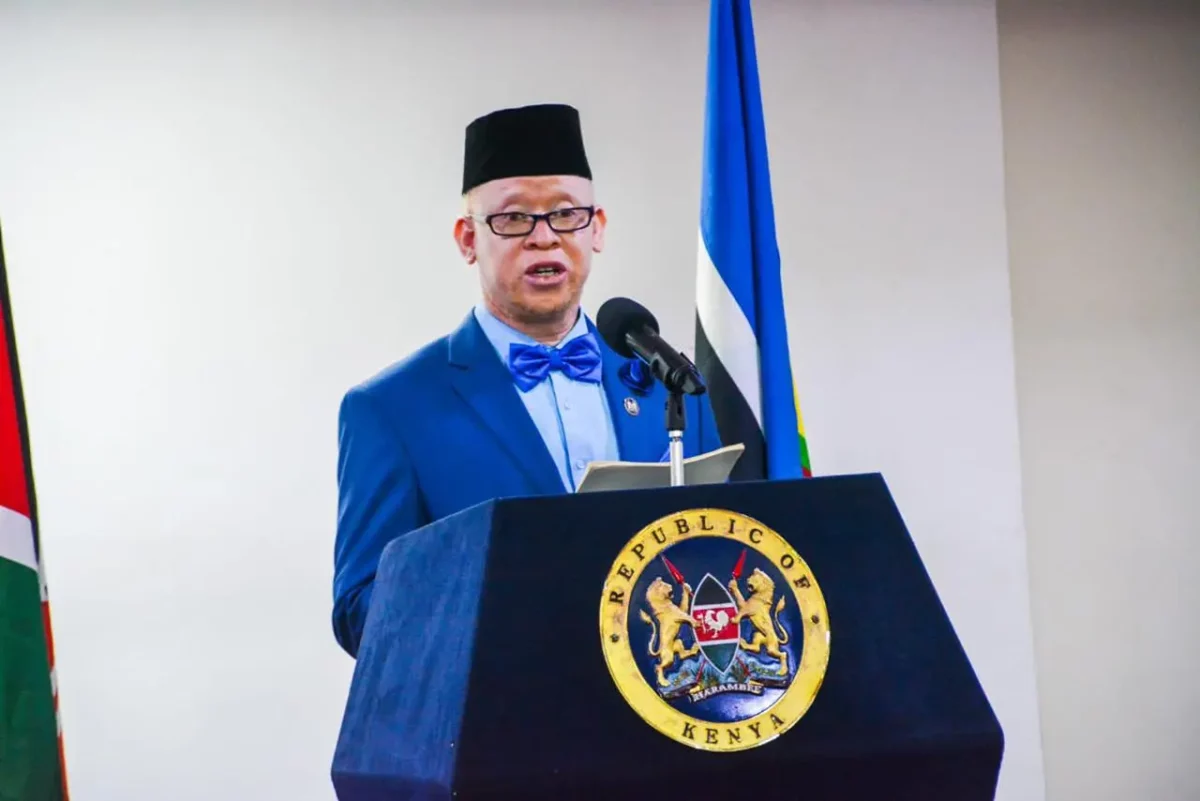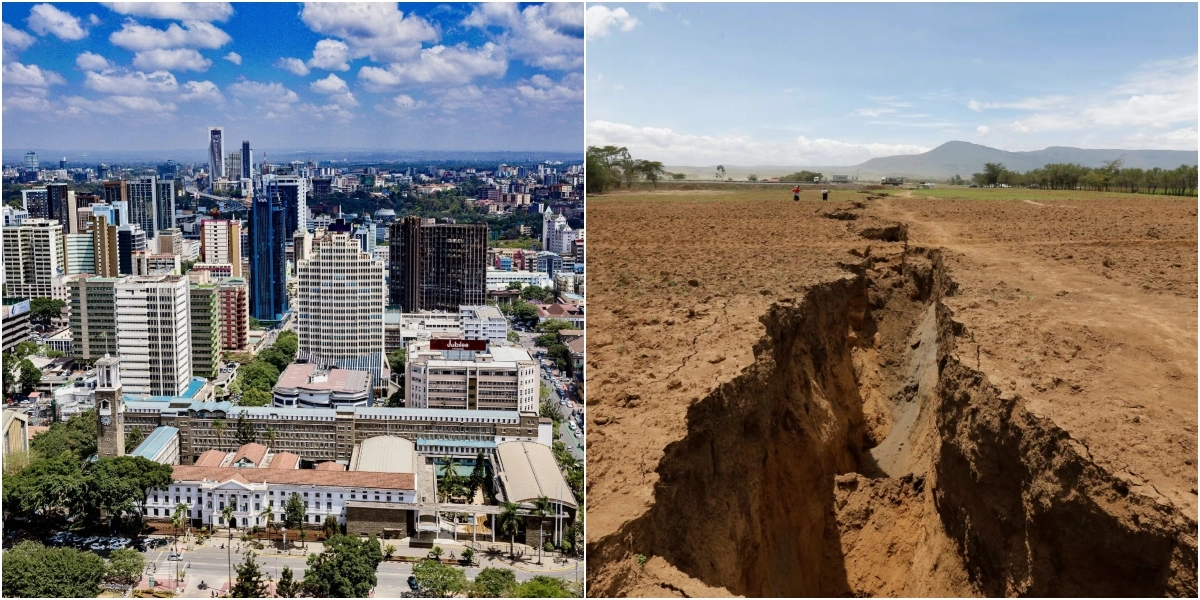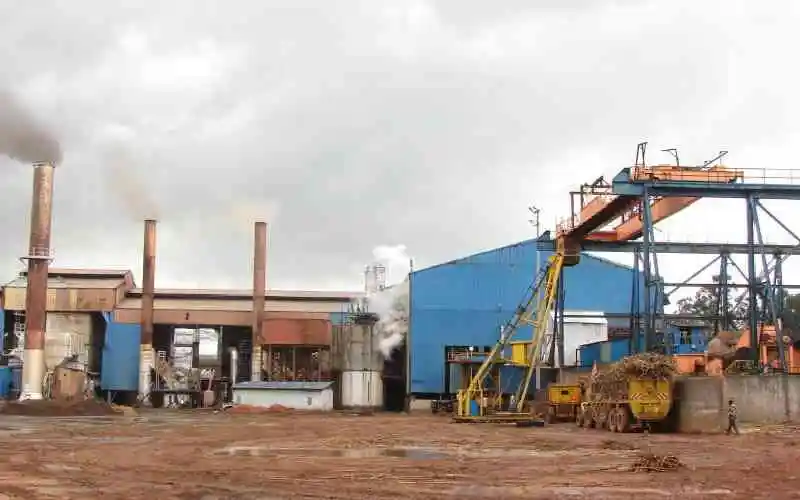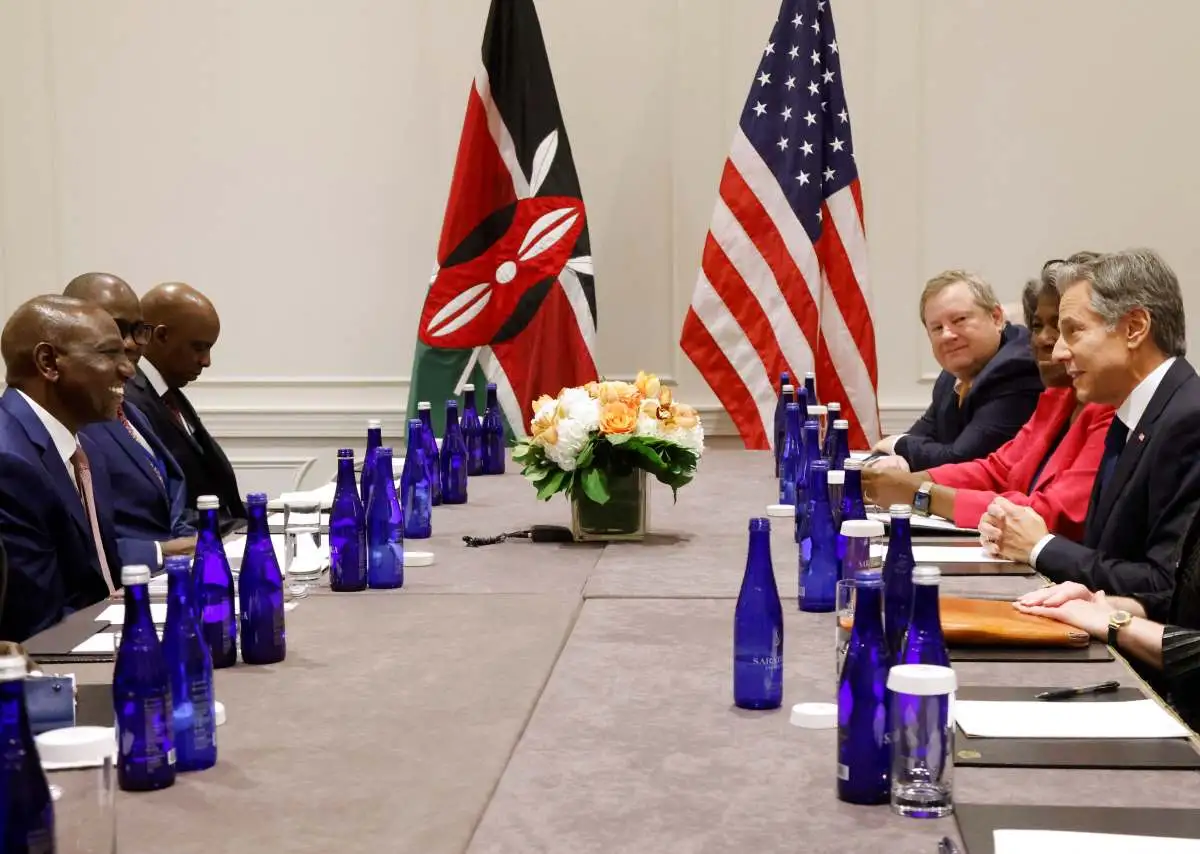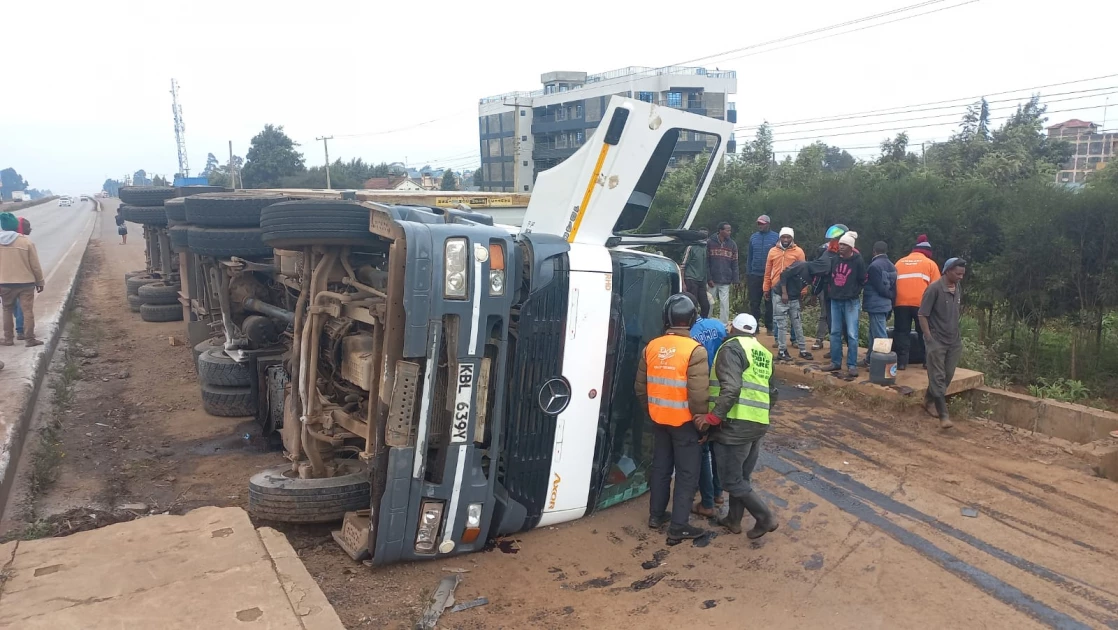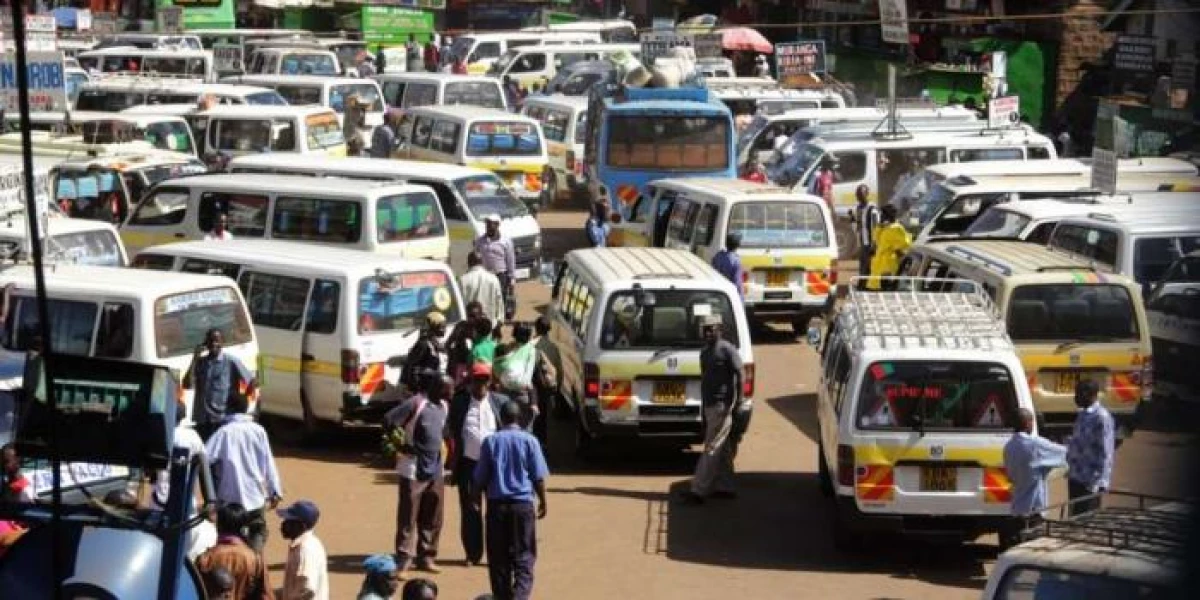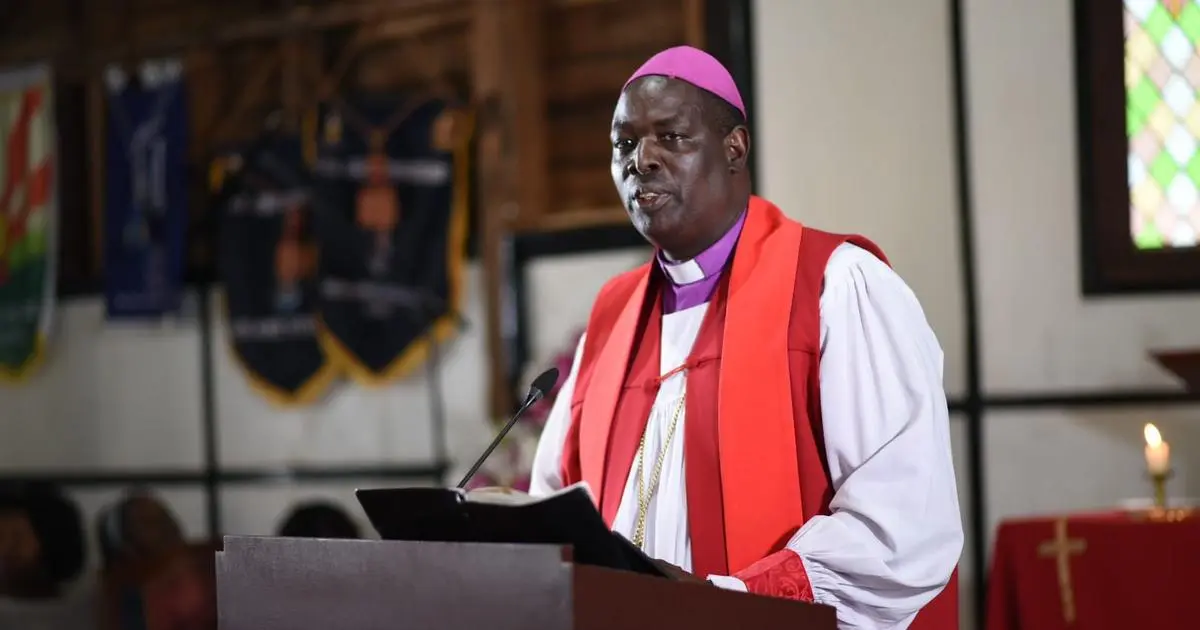We appear to be slowly and progressively living in a manmade concrete jungle. Two decades ago, Nairobi City boasted an iconic and colourful balance of building structures and greenery, both as a landscape and identity.
Cut to the present day; the beat and rhythm that fill the air from dusk till dawn is that of the inescapable motion of gruel and gravel from construction sites, in the immediate outskirts of the CBD.
The Nairobi National Park (NNP), uniquely located within the capital city, has not been immune to this encroachment. Both private and public sectors have shown intense interest in this area. Developments, including the Standard Gauge Railway (SGR) cutting through the park and potential hotel constructions, are a testament to this intrusion.
Nairobi, Kenya is the only capital city in the world with a national park. pic.twitter.com/9frrfgMRlt
— Africa Facts Zone (@AfricaFactsZone) August 10, 2023
Wildlife territories are constantly being invaded for agricultural and commercial activities. Wildlife, driven by factors such as climate change and diminished prey availability, foray into human territories causing inevitable conflicts leading to the destruction of property and loss of lives.
Despite the glaring destruction and irreversible loss of our green spaces, a subtle social acceptance of this devastation is emerging within our expanding city. The sterile environment of concrete structures pales in comparison to the lively, energizing atmosphere fostered by green spaces filled with diverse flora and fauna.
Gabbie Mutiso, a teenager from Oshwal Senior High School, took a stand against this encroachment. About five months ago, through Change.org, she pioneered a petition for the construction of a wildlife corridor through the Athi-Kapiti plains to the park. Gabbie’s early exposure to conservation, sparked by her family’s ranch in Athi, has fueled her passion for preserving wildlife habitats. Her concern is that Nairobi National Park is getting smaller.
She echoes a haunting reality, “Wild spaces are disappearing fast.” The encroachment of human civilization has driven wildlife, especially predatory animals, out of shrinking national parks and reserves. Forced into adjacent lands, they inevitably clash with the Masai, whose livestock are easy prey.
Amidst the unforgiving throes of last year’s drought, the vivid memory of lions, desperate and bold, venturing into her family’s ranch illustrates a growing crisis. Hunger drove these majestic creatures across boundaries, igniting a tense confrontation as ancient as the rolling plains themselves.
The expanding void of wild spaces pits the wild’s untamed spirit against the stern hands of human progression. Every shared glance between predator and prey, every ensuing conflict under the African sun, encapsulates a silent war—a desperate dance of survival, preservation, and the struggle to coexist.
In this intertwining existence, the dwindling sanctuaries force man and beast into a relentless confrontation, echoing a cautionary tale of a world grappling with the consequences of its encroachment.
She reminisces on a time when she used to hear lions roaring and hyenas laughing from the safety of her family’s ranch. It reminds us that wildlife can coexist peacefully with humans if given adequate space without human interference.
Gabbie emphasizes the need for the government to construct a corridor between Nairobi Park’s ecosystem and the Amboseli ecosystem. “The establishment of a corridor will minimize HWC and prevent the fragmentation of wildlife habitats”.
This is Gabbie’s main concern because human development is an ever-increasing threat to biodiversity.
Developed areas that once flourished with lush vegetation are now dominated by concrete buildings and barren lands. The concept of conservation is being overlooked, giving way to a growing, indifferent population.
Green corridors, vital for wildlife survival, are bridges of natural habitat that reconnect wildlife populations separated by human constructions or activities. Green corridors also prevent animal-vehicle interactions and promote genetic diversity among animals discouraging inbreeding. Gabbie’s poignant memories of hearing wildlife near her family’s ranch underscore the urgency of preserving these natural habitats.
The teenager’s plea for the establishment of a corridor between the NNP and Amboseli ecosystems highlights the necessity of preventing habitat fragmentation, minimizing human-wildlife conflicts, and promoting biodiversity. With nearly 2000 signatures garnered, her petition has prompted responses and commitments from government officials.
President William Ruto, as well as Former Cabinet Secretary(CS) of Tourism and Wildlife Hon. Peninah Malonza, CS of Environment Hon. Soipan Tuya, and Former CS of State Department for Lands Mr Zacharia Mwangi Njeru, have responded by implementing a list of presidential directives which are; Implementing the wildlife dispersal corridors and dispersal areas task force report 2016 with Athi-Kapiti corridor as a high priority area and stopping any further land subdivision and change of land use in the above-identified wildlife conservation areas until conservation policy is done.
This is indeed a great milestone in the campaign. However, as she puts it, she is “afraid of being ignored and eventually dismissed as is the norm in our society”. She urges you to share this petition even more and amplify the cry of our wildlife to get wider coverage and push the government to look into it even sooner.
Gabbie’s call to action is “Let’s continue to escalate the issues so that the respective government agencies will act and take measures to conserve our wildlife.”
Yet, the fear of her plea falling on deaf ears is palpable. The broader community’s support and amplification of this issue are critical to urging governmental bodies to expedite conservation efforts. The initiative to reverse the encroachment of concrete development is integral for the holistic well-being of Nairobi’s future.
The resolution to change lies within us and the intentional reversal of the growth of this concrete jungle will irrevocably be for the greater good of our city’s future.
By Samuel Bekko, Switch Media.


